Answers To Your Top 3 Questions About the Technique Tuesday Crochet & Knitting Tutorials
How do I calculate my blocked gauge? This question come up so often it just had to take the top spot. Not only, does this one come in via our website, but just about every crochet or knitting class we teach brings another raised hand followed by the question of exactly HOW does one calculate their blocked gauge.
After you have the stitch, the yarn, and your hooks or needles, you simply need to crochet or knit a healthy sized piece of fabric for your swatch. For our fabrics, I like to make AT LEAST a 6 x 6" swatch. Sometimes, however, we need a larger swatch of the fabric to determine drape or hang. Swatch enough so you can determine exactly what your finished fabric is going to be like. After swatching comes blocking! Whether you soak, spritz, or steam block, you must block your swatch to: 1. Set the stitches – blocking opens up lace stitch patterns and allows solid stitch patterns to relax and the stitches to line up all nice and orderly. 2. See your finished fabric – some fibers don't even begin to show their true nature until moisture has been introduced into them. Allow your fibers to bloom and relax… that's when you will have a true sense of the final fabric you will be working with in your project. For more on the importance of swatching, be sure to read: A (slightly) Tangential Post About Swatching Next, the counting! Once your watch is blocked and dry and you are all happy with the finished fabric, it's time to actually determine your blocked gauge. WOOHOO! Okay… I'm a bit of a geek when it comes to the math of patterns. I think I like sizing and calculating fit and proportion as much as I do sketching and picking fabrics. Never fear… this is easy counting and here's the step by step: 1. Count the Number of Stitches across one row of your swatch. 2. Count the Number of Rows made in your swatch. 3. Measure the Width of your swatch in inches or centimeters. 4. Measure the Length of your swatch in inches or centimeters. 5. Divide the Number of Stitches by the Width of your swatch. This is your Stitches Per Inch/cm. 6. Divide the Number of Rows by the Length of your swatch. This is your Rows Per Inch/cm. TAADAA!! Told you it was going to be easy counting. Now that you have your Stitches and Rows per inch/cm, you are ready to Stitch On! Side Note: For more math fun, be sure to look for (or request!) our class The OH! of Math at a yarn shop, fiber festival, or crochet and knitting conference near you. Can I REALLY block fabrics made with acrylic yarn? This question comes up so very often in our classes and gained traction after we began our Blocking University series and, particularly after the (slightly) Tangential Post About Swatching. The answer is simple: YES! You CAN block fabrics made with acrylic yarn. There… moving on… Oh… you probably wanted more specifics? Okay…
The important thing to remember when steam blocking yarns made from artificial fibers is to apply the steam heat judiciously so as to not melt the yarn and stretch out the stitches. Melt? Yup… think about that plastic spoon you left a little too close to the burner on the stove. (Just me??) Most of these human-made fibers will, when exposed to heat, start to break down and melt to a certain degree. The key to steam blocking is to apply just enough moisture and heat to allow the fibers to relax so they can be blocked into shape. While you won't see a bubbling ooze of melted chemicals on your blocking board, the heat from a garment steamer or steam iron will "kill" the stitches if you aren't careful. That is, the heat will take out any memory the yarn has and the fabric will just lay there flat and even smooth and shiny if pressed with a cloth between a steam iron and your fabric.
For more on the importance of swatching, be sure to read: A (slightly) Tangential Post About Swatching. When I make the Adjustable Ring with slick or smooth yarns like bamboo or silk, my yarn tail slips out and the center of my motif falls apart. How to I keep this from happening? This question came up a few times just recently in a class we taught on crochet motif construction and as a result of our tutorial on How To Make the Adjustable Ring for Working Crochet In The Round. The question was posed differently in each case but the premise was the same. It's true that slick yarns can offer a bit of an issue when weaving in the ends of any crochet or knit fabrics but, especially in the case of center out crochet, it can be particularly distressing to see your work unravel.
Be sure to check out our tutorial for How To Make the Adjustable Ring for Starting Crochet In The Round. TAADAA!! There you have it! Our top three questions about our Technique Tuesday tutorials. We LOVE hearing from you all with your triumphs and conundrums so don't be shy about leaving comments and sending us messages via the contact form here on our site. If we can help you, we will or we will direct you to the place where you can get the best help… sometimes that's your local yarn shop… but either way we will get back to you. And you can BET ON IT - if YOU have that question, SOMEONE ELSE has it too. If we get a question often enough or it seems like a good place for another tutorial, you might even find your answers here in a future Technique Tuesday article! Thanks for dropping by for another Technique Tuesday! Our aim is to build the skillz of our FAB fiber community here on the web and it's always FAB to hear from you all that what we are doing is helping you and your fiber friends. Check back often or, better yet, click on that RSS Feed button over there in the right-hand column of the page you are on right now. That way you will always be up to date and never miss a thing! Stitch On! S&J Oh hey… before you go… Here are a few more pages we thought you might be interested in. Click on any of the photos below… enjoy! Come look us up on Facebook, Twitter, and Pinterest by clicking on one of these icons.
0 Comments
Your comment will be posted after it is approved.
Leave a Reply. |
AuthorShannon and Jason Leave us a tip to help us do what we do!
Archives
May 2024
Categories
All
|



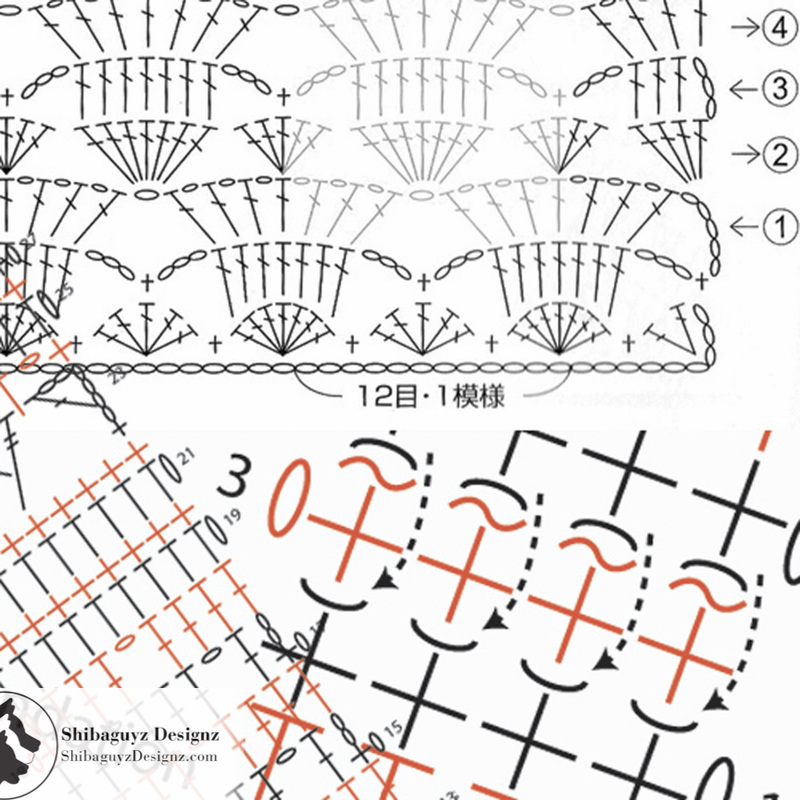
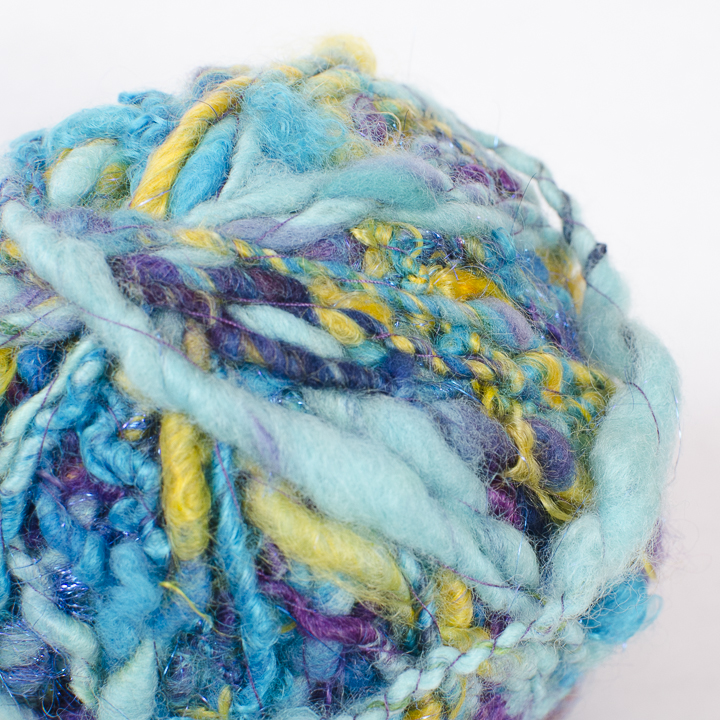
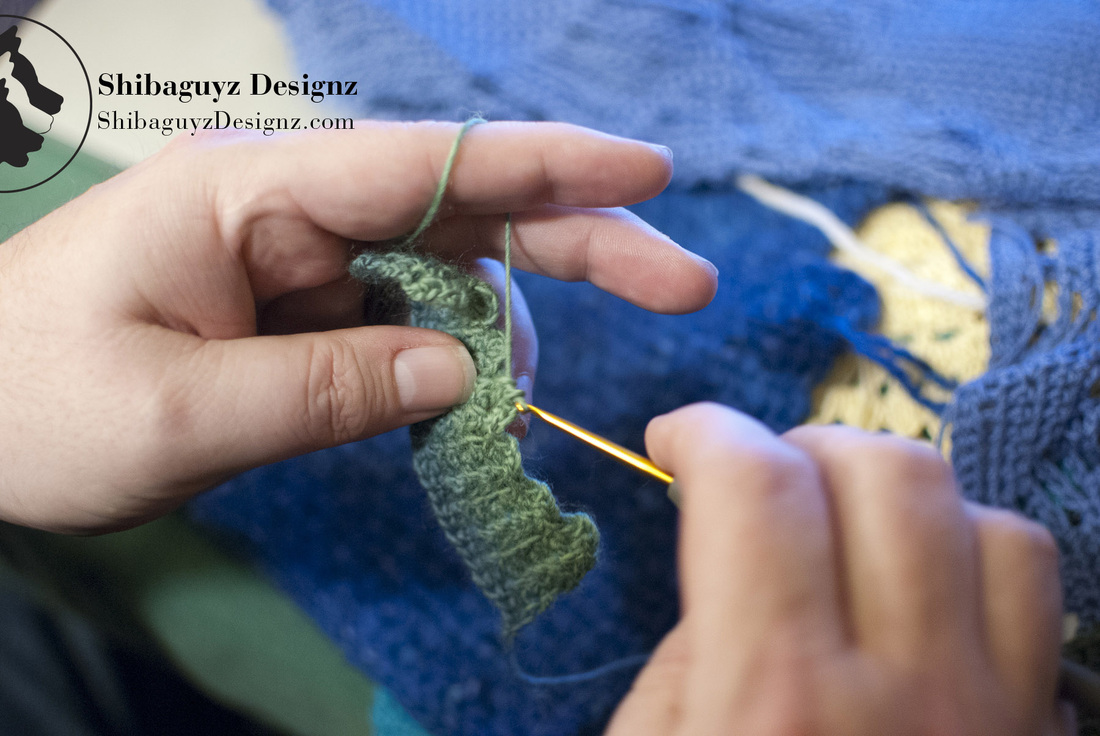

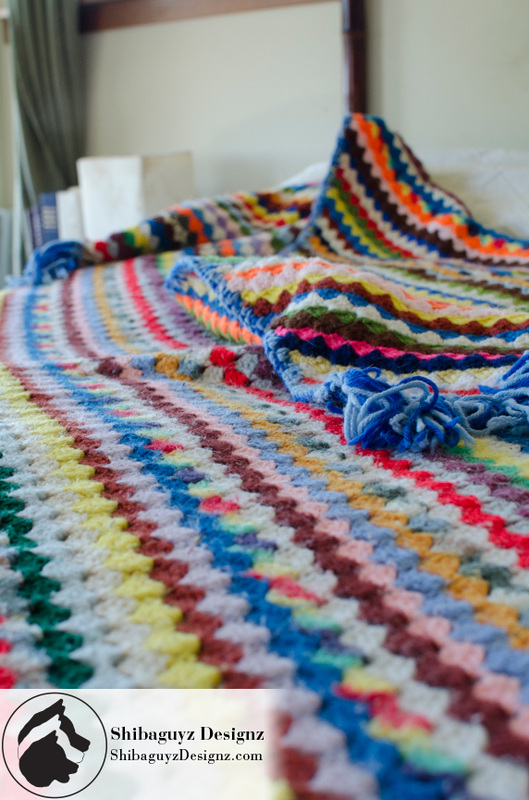
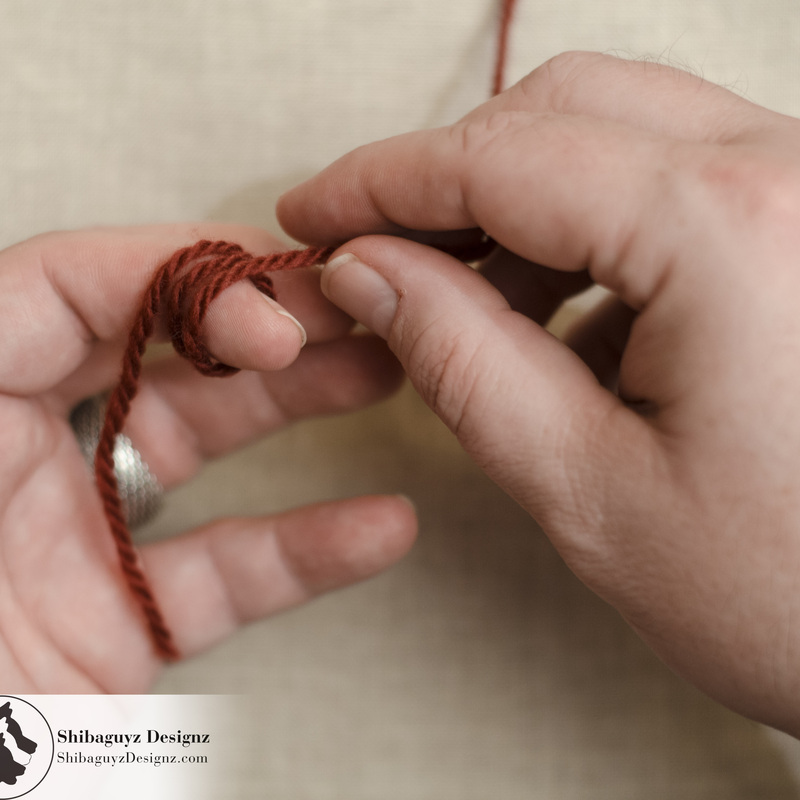
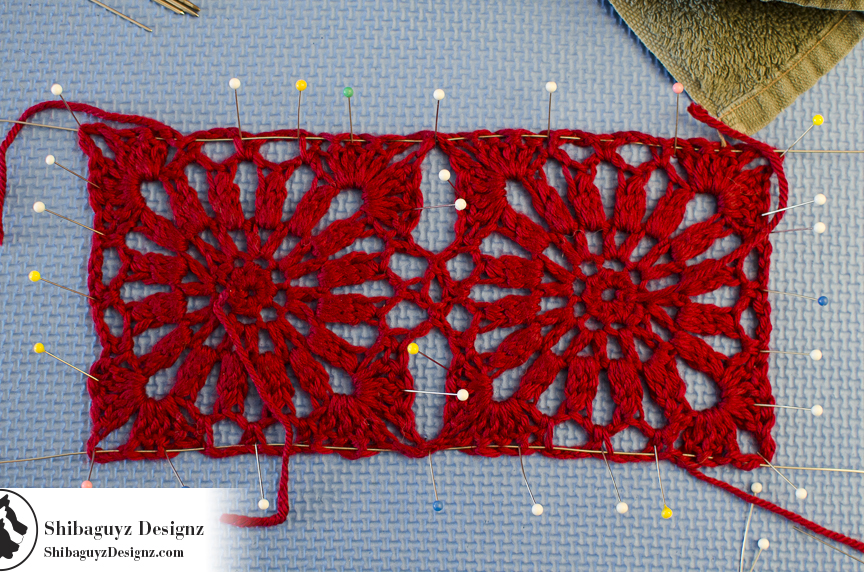




 RSS Feed
RSS Feed













